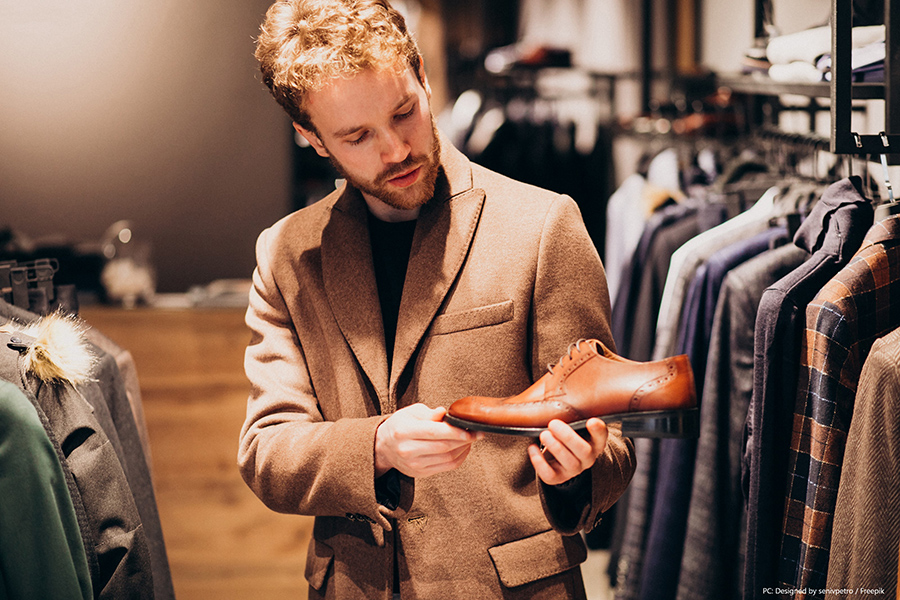
Luxury shopping
Faced with the COVID-19 global pandemic and ensuing lockdowns and shutdown of tourism in all key markets, the global luxury industry is faced with a challenge. After declining by an estimated 25% in the first quarter of 2020, the slowdown should accelerate in the second quarter and could lead to an estimated contraction of between 20% and 35% in 2020.
A strong start to the year in all key regions – including Mainland China, Europe and the US – was quickly offset by the imposition of lockdowns and the collapse of tourism, which amplified the decline in Europe. Luxury sales in Japan and the rest of Asia also declined, but at a slightly slower pace.
While consumer mood globally remains subdued, China has begun to lead the way towards a recovery. Chinese consumers are set to cement their status as crucial drivers of the industry, accounting for nearly 50% of the market by 2025. As a region, Mainland China will account for 28% of the luxury market, up from 11% in 2019.
Online luxury has remained resilient, while traditional models of directly operated stores and department stores have seen sharp drops. Luxury purchases made online have increased throughout the crisis. The online channel could represent up to 30% of the market by 2025.
Also read: Tech-forward luxury digital marketplace assists businesses to get online
“There will be a recovery for the luxury market but the industry will be profoundly transformed,” observed Claudia D’Arpizio, partner, Bain & Company and lead author of the ‘Bain & Company Luxury Study 2020 Spring Update’. “The coronavirus crisis will force the industry to think more creatively and innovate even faster to meet a host of new consumer demands and channel constraints.”
All categories have seen declines, with accessories showing the most resilience and watches declining the most due to a lack of online sales platforms to offset the shutdown of physical channels.
“As consumers slowly emerge from lockdowns, the way they see the world will have changed and luxury brands will need to adapt,” added Federica Levato, partner, Bain & Company partner and report co-author. “Safety in store will be mandatory, paired with the magic of the luxury experience: creative ways to attract customers to store, or to get the product to the customer, will make the difference.”
It will take time for the luxury market to recover. Bain & Company anticipates that a recovery to 2019 levels will not occur until 2022 or 2023. Market growth will resume gradually from then on, reaching an estimated €320-330 billion by 2025.
“The speed of future market growth will depend on luxury players’ strategic responses to the current crisis and their ability to transform the industry on behalf of the customer,” said Levato.
Faced with an unprecedented crisis, luxury players will need to act now to create their future. Every aspect of the market, from creation to distribution, marketing to supply chain, and crucially the interaction with the final customers will need to be re-imagined to suit a changed world.
“Winning brands will be the ones that best interpret the zeitgeist all the while remaining consistent with their inner DNA and individual story,” concluded D’Arpizio.
For all the latest retail news from Middle East, follow us on Twitter and LinkedIn, like us on Facebook and subscribe to our YouTube page.